Practice radical honesty with yourself by answering the following question…
“At some point in my watercolour journey, did I adopt any bad watercolour habits that hinder my painting process?”
If your answer is “yes”, don’t worry because I can totally relate!
I’m speaking from personal experience because at some point in my watercolour journey, I hit a plateau. As a result, I knew some of my habits had to change.
In order for me to reach the next level, I developed better watercolour habits in order to streamline my painting process. And now I’d like to share those habits with you.
By adopting good watercolour habits, you make your painting process easier, smoother, and more enjoyable. As a result, developing good habits sets you up for success with your watercolour paintings because you can make progress more quickly.
That’s why, in this article, I’m taking the time to:
- Identify 7 bad watercolour habits that might be hindering your watercolour practice
- Explain 7 good watercolour habits that you should adopt to improve your painting process
- Share resources such as YouTube videos and an online course to help you achieve your goals
By the time you’re done reading, you’ll be able to identify which watercolour habits are holding your progress back, and you’ll be equipped with the knowledge to transform your painting process from disorganized and difficult to easy and effortless!
Table of Contents
1. Always Paint on Watercolour Paper
When I first started painting with watercolours, I painted on mixed media paper because that’s all I had at the time.
Mixed media paper can handle light washes and simple watercolour doodles, but it isn’t ideal for handling heavy washes and multiple layers of paint because the paper isn’t thick enough.
Therefore, a good watercolour habit to develop is to paint exclusively on watercolour paper for the following reasons:
- It’s thick, sturdy, and water-absorbent (It doesn’t warp and buckle easily)
- It’s specifically designed to handle lots of water, multiple layers, and washes
- It comes in cold-pressed, hot-pressed, and rough paper varieties
That means drawing paper, printer paper, and marker paper are not ideal for watercolour painting because they’re either too thin or they don’t meet the aforementioned criteria.
Beware, though, because not all watercolour paper is made equally.
For the best results, I recommend that you paint on 100% cotton paper because it’s the most water absorbent and versatile.
If possible, avoid cheap, low-quality paper that’s made of wood pulp or cellulose because it’s not very thick, it handles less water, and it can’t handle multiple layers of water without warping or buckling.
That being said, cheap watercolour paper is good for quick watercolour exercises, colour swatches, thumbnails, and other kinds of practice.
2. Practice Watercolour Warmups to Prepare for Success
I know it’s tempting to jump right into a painting without warming up, but this bad watercolour habit can really hinder your painting practice and slow you down for a variety of reasons.
First, warming up helps you get into the flow of painting by warming up the muscles in your fingers, hand, wrist, and arm.
Second, you develop better hand-eye coordination and muscle memory by spending some time practicing various brushstrokes, washes, and textures.
Third, warming up prepares you to paint in the same way a musician warms up before playing in a concert, or an athlete warms up before a game.
It may seem boring or tedious, but spending at least 5, 15, or even 30 minutes on warmup exercises has tremendous payoffs for the relatively short amount of time you invest in it.
To help you understand what kinds of warmups to practice, check out this blog post to learn how to do watercolour warmups or click the video below to watch a visual demonstration.
3. Dilute Your Pigments Before You Paint with Them
Many watercolour beginners make the mistake of not diluting their pigments sufficiently enough.
As a consequence, they end up painting with watercolours as if they’re the same as acrylic paints, which uses thick pigments.
That means your watercolours end up being too thick and opaque, so it doesn’t spread easily or mix well because the consistency is off.
To correct this, all you have to do is develop the habit of diluting your pigments to thin them down.
This way, the pigment becomes thinner and more transparent. Keep in mind that watercolour is a transparent medium, so it’s essential to retain this quality to the best of your ability.
When pigments are thinned down, they glide more easily across the paper and the layers appear vibrant and luminous.
As well, you can use a variety of watercolour techniques to manipulate the pigment to your desire. Doing this is harder to accomplish if the pigment is too thick.
4. Learn How to Balance the Paint-to-Water Ratio
Let me share a pearl of wisdom with you: Mastering water control is the ultimate secret to exceling at watercolour painting.
But in order to master water control, you must understand how to balance the paint-to-water ratio.
This ratio refers to the amount of pigment and water that is held in your paintbrush. It can also refer to the amount of water on your paper, if applicable, like in the wet-on-wet technique.
By developing the habit of mastering the paint-to-water ratio, you can:
- Apply techniques with greater control and precision
- Lay down washes more easily and evenly
- Apply watercolour layering that looks thin, transparent, vibrant, and luminous
So take the time to get comfortable with this ratio, because investing time in honing this skill will pay great dividends for you later on in your watercolour journey.
Trust me, I’m speaking from experience!
If you’d like to improve your water control skills through visual learning and step-by-step watercolour tutorials, check out my online course titled Master Water Control to Level Up Your Paintings!
5. Rinse Off Your Paintbrush Before Switching to Another Pigment
You’d think that developing this watercolour habit would be obvious, but for some reason it’s not.
For this reason, I can’t stress enough the importance of making sure that you rinse off your brush every time before you switch to another colour.
Why? Because rinsing off your paintbrush prevents cross contamination of the pigments.
One of the major reasons why artists accidentally create muddy colours is because they mix the pigment properties of the various colours without rinsing off their brush.
By rinsing off your brush in clean water before switching to another pigment, you ensure that the pigments in your brush are thoroughly washed from the bristles.
That means the brush is clean, so you can load it up with another colour without worrying that the new pigment will be contaminated by the other pigment’s properties.
To enhance the efficacy of this watercolour habit, you can take it one step further by changing your cups or jars of water whenever they get too dirty.
By doing so, you reduce the chance of contaminating your colours because you’re using clean water.
However, if you keep painting with filthy, dirty water, those particles will remain in your brush, thus leading to unnecessary contamination.
6. Don’t Rely on White Watercolour Pigment
I know it might be tempting to paint with white watercolour, especially if you want to lighten a colour or you want to create a pastel hue.
However, it’s best practice to not rely on white watercolour paint because, often enough, it prevents watercolour artists from learning how to mix colours properly.
Instead of relying on white watercolour, you should get into the habit of learning how to incorporate the white of the paper into your painting.
For example, learning how to use the white of the paper in your painting can help you:
- Paint fluffy white clouds and cloudy skies
- Paint snowy landscapes and misty mountains
- Blend watercolours to create a fuzzy, hazy background
- Create natural highlights that accentuate the lightest values in a painting
To learn how to use the white of the paper in your painting, watch the video below to learn how to paint an watercolour galaxy tutorial for beginners.
7. Never Leave Your Paintbrushes in the Water
Another bad watercolour habit is leaving your watercolour brushes with the tip down in a cup or jar of water and leaving it there for an extended period of time.
Typing that sentence made me cringe a little!
In my opinion, doing this is the fastest way to destroy your brushes.
Leaving the paintbrush in a cup of water ruins the bristles. The weight of the brush pushes the bristles into the bottom of the cup, which can distort the bristles’ shape.
What’s more, the water loosens the glue that binds the bristles into the ferrule (that’s the metal part that connects the bristles to the handle).
If too much water gets into the ferrule over an extended period of time, it can cause the bristles to fall out. What a waste of money!
Thus, the ideal watercolour habit to develop is to always rinse off your paintbrushes after you’re done painting with them. Rinse out as much pigment as possible so that there’s no residual buildup in the bristles.
Once that’s done, lay the brushes vertically on your table and let them air dry. Don’t use a heat gun or an air dryer to dry them!
And if possible, hang the brushes vertically with the tip down if you have the right apparatus to dry them like this. That way, gravity pulls the water down so that there’s no chance that the water will get stuck in the ferrule.
Watercolour Habits: Conclusion
In this blog post, you’ve learned about 7 excellent watercolour habits that can greatly improve your watercolour practice.
By adopting these habits into your daily watercolour practice, you’re making your life so much easier and simpler.
What’s more, many of these habits help you use maximize your watercolour art supplies so that you’re using them most effectively. This way, you get the greatest bang for your buck, too!
Now that you’ve finished reading this blog post, you should have developed greater self-awareness regarding your watercolour habits.
So now it’s time to do a self-audit.
Are there any habits that you need to change? If so, are there specific watercolour habits that you’d like to adopt? Share your thoughts in the comments section below!
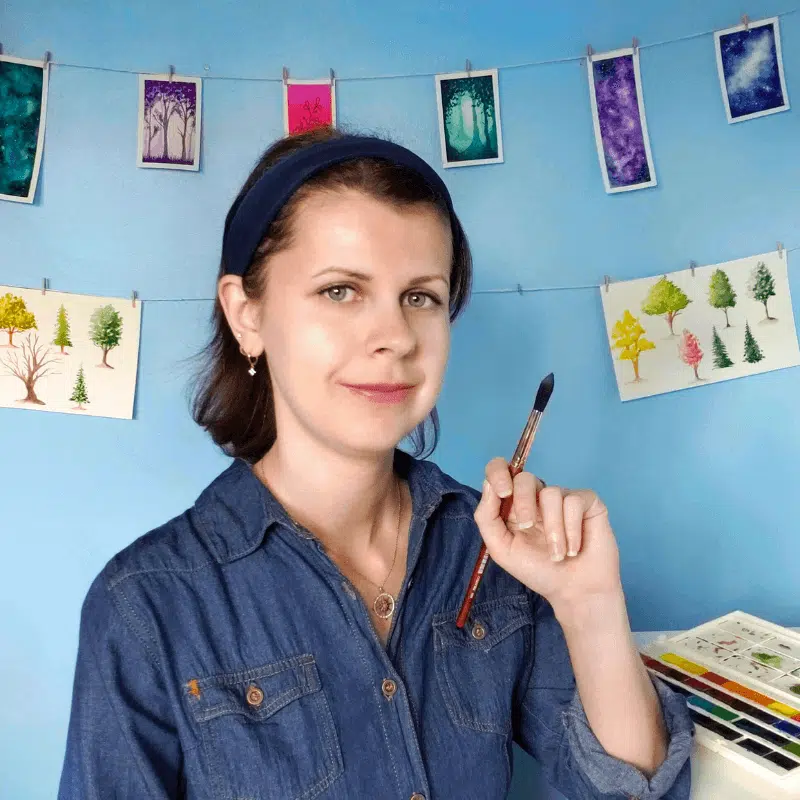
Miranda Balogh
Artist & Online Educator

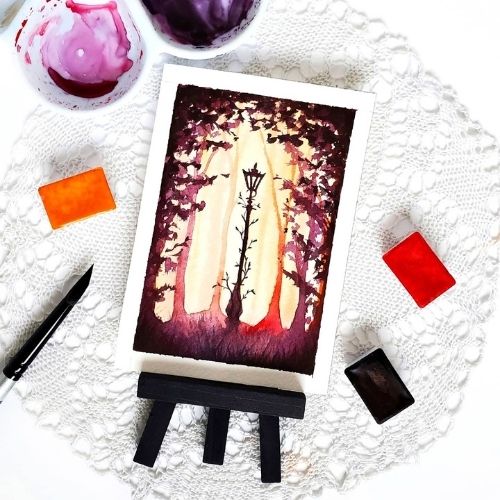
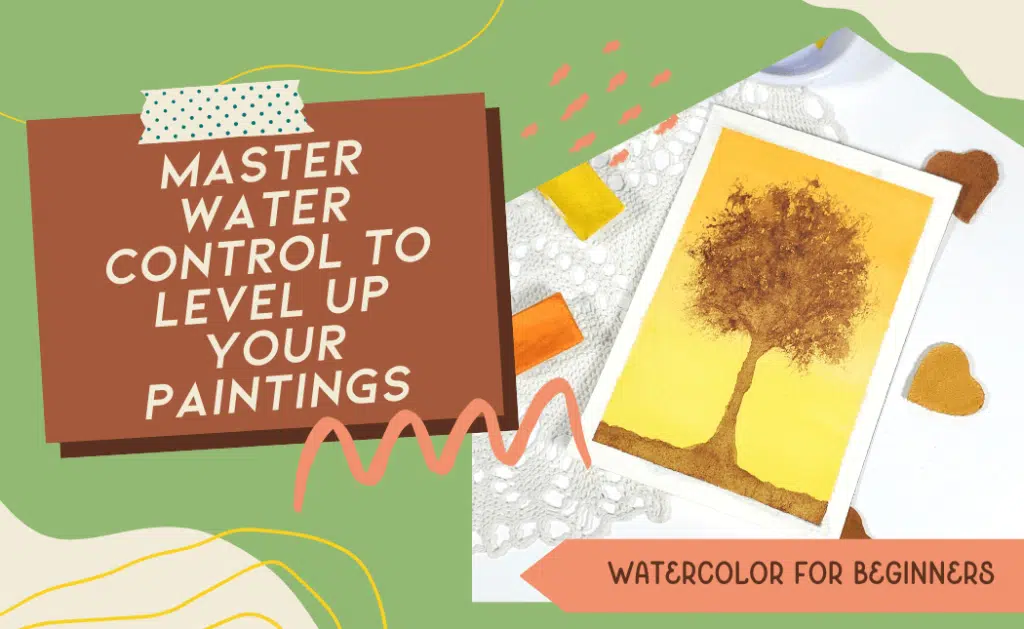
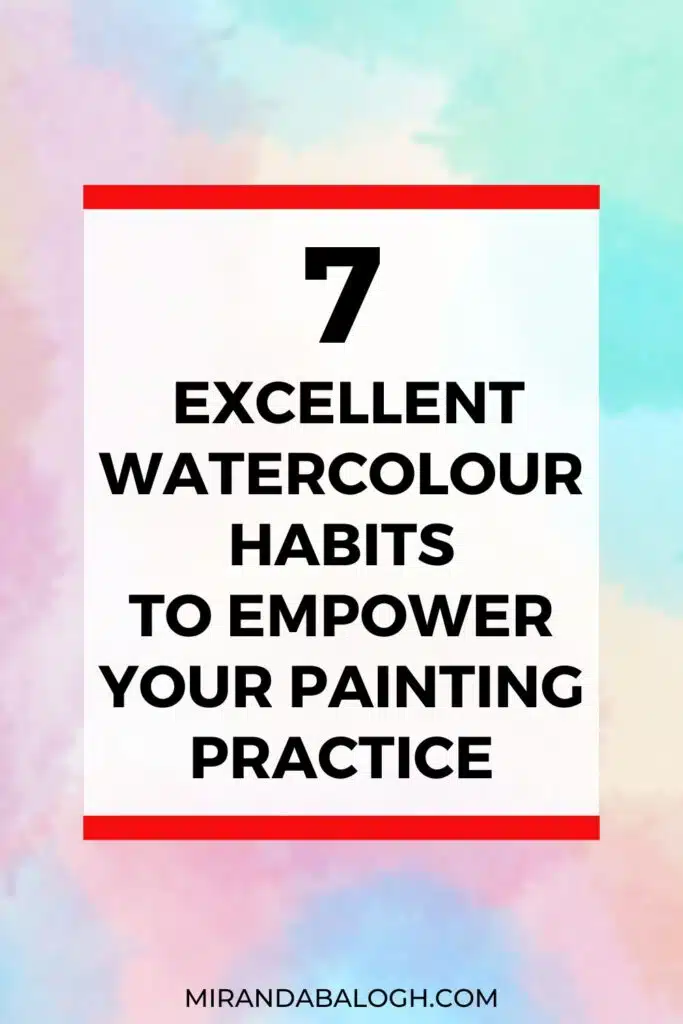

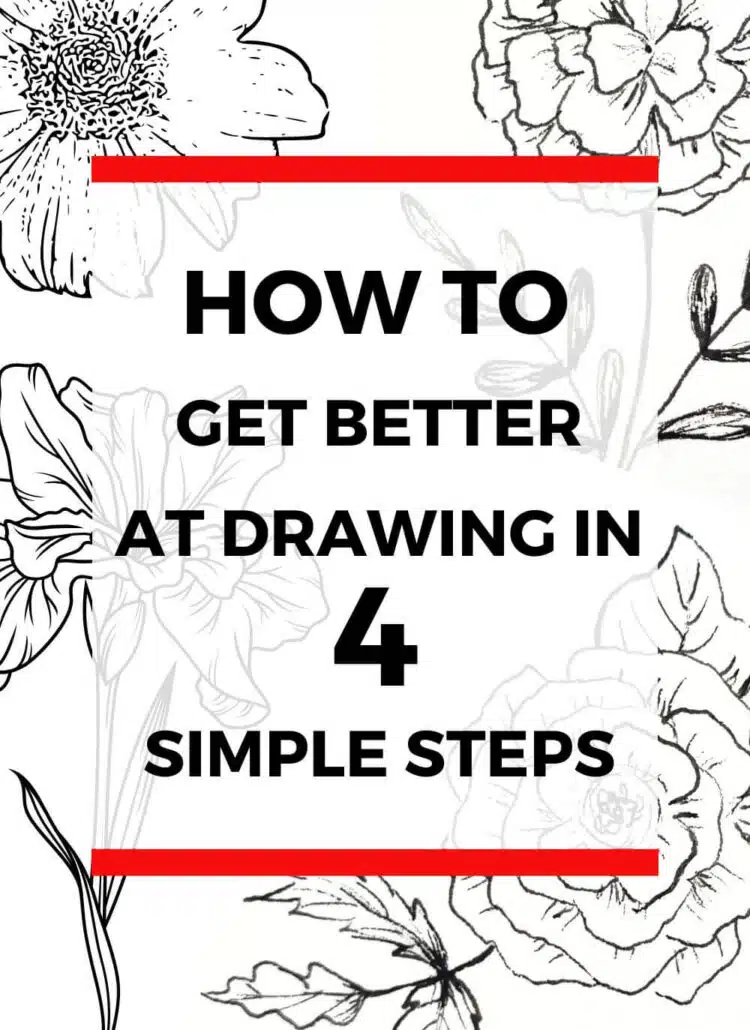

Miranda, thank you for the watercolor pointers. VERY helpful.
You’re welcome! I’m glad you find them helpful.